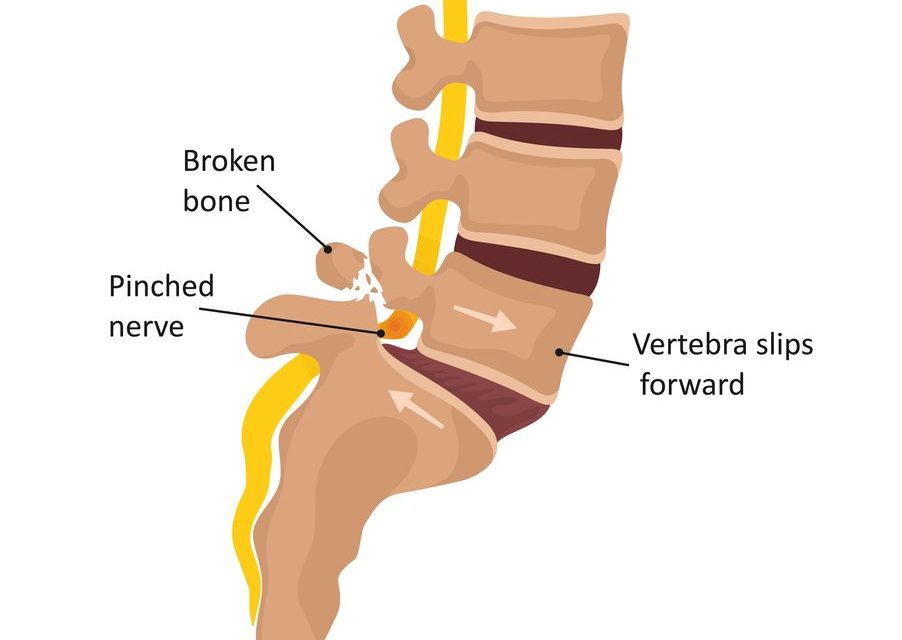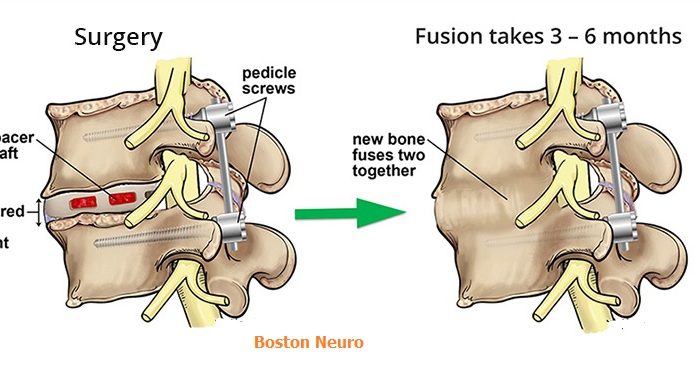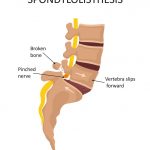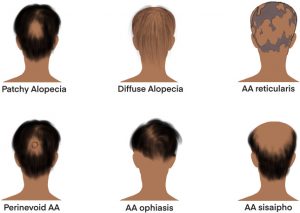Spondylolisthesis Or Slipping Vertebra

Spondylolisthesis or Slipping Vertebra is an uncommon condition caused by out-of-place vertebrae. This condition occurs due to degeneration, congenital issues, or injury. The affected vertebrae may compress nerves and narrow the spinal canal. Treatment for spondylolisthesis and slipped vertebra is similar to those for mechanical back pain. The first step in treatment is modification of activity. Some people may also require physical therapy. Patients may begin by doing stretches, and then move on to strengthening exercises.
In most cases, spondylolisthesis is harmless and will resolve on its own without medical treatment. However, for some people, spondylolisthesis can cause nerve compression and numbness in the legs. To determine whether you are suffering from spondylolisthesis, your doctor will examine your spine and assess the slipped vertebra.
Spondylolisthesis is a condition in which the vertebra slides out of place. It can occur due to a degenerative condition called spondylolysis. In some cases, the bone of the facet joints grows back unevenly. When this happens, the vertebrae become unstable and slip out of place. Usually, spondylolisthesis does not cause any symptoms.
Spondylolisthesis can be classified as Type I or Type II fracture. Traumatic injuries, sports injuries, or car accidents can cause spondylolisthesis. A vertebra may slip forward, causing nerve compression, and pain in the leg and lower back. Spondylolysis can also result in a stress fracture or a crack in the spine bones. Young athletes are more likely to develop spondylolysis than older adults.
The severity of spondylolisthesis is determined by the amount of vertebral body slippage. The condition is more common among those who engage in high-impact sports or are physically active. It is also more likely to affect males than females. The symptoms of spondylolisthesis depend on age, physical activity, and gender. The first step in addressing this condition is identifying the cause of the underlying problem.
Spondylolisthesis can cause neurologic symptoms and pain in the leg. A slipped vertebra may also narrow the spinal canal. In severe cases, the spine may shift. Spondylolisthesis can be diagnosed by examining a patient and X-rays and MRIs. In some cases, stretching can improve symptoms and reduce inflammation. In severe cases, surgery may be necessary to remove the slipped vertebra.
When a vertebra slips out of place, it can cause a lot of pain. Some people feel pressure in the back or neck and may even bend their back. In severe cases, the slipped vertebra will narrow the spinal canal and require surgery. The best solution depends on the cause and severity of spondylolisthesis. A therapist can help the patient get back on their feet






